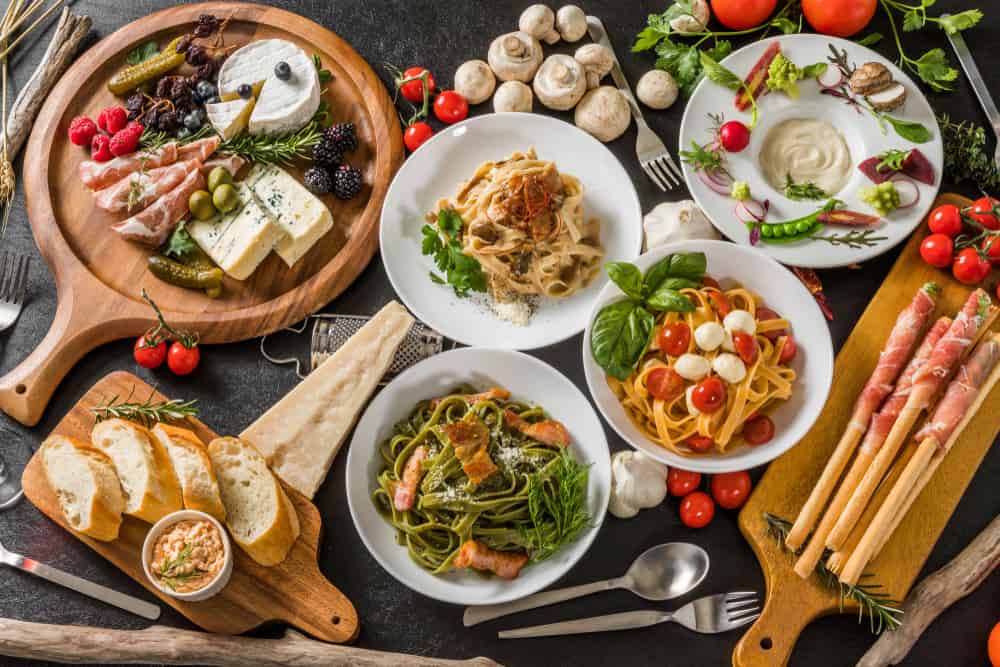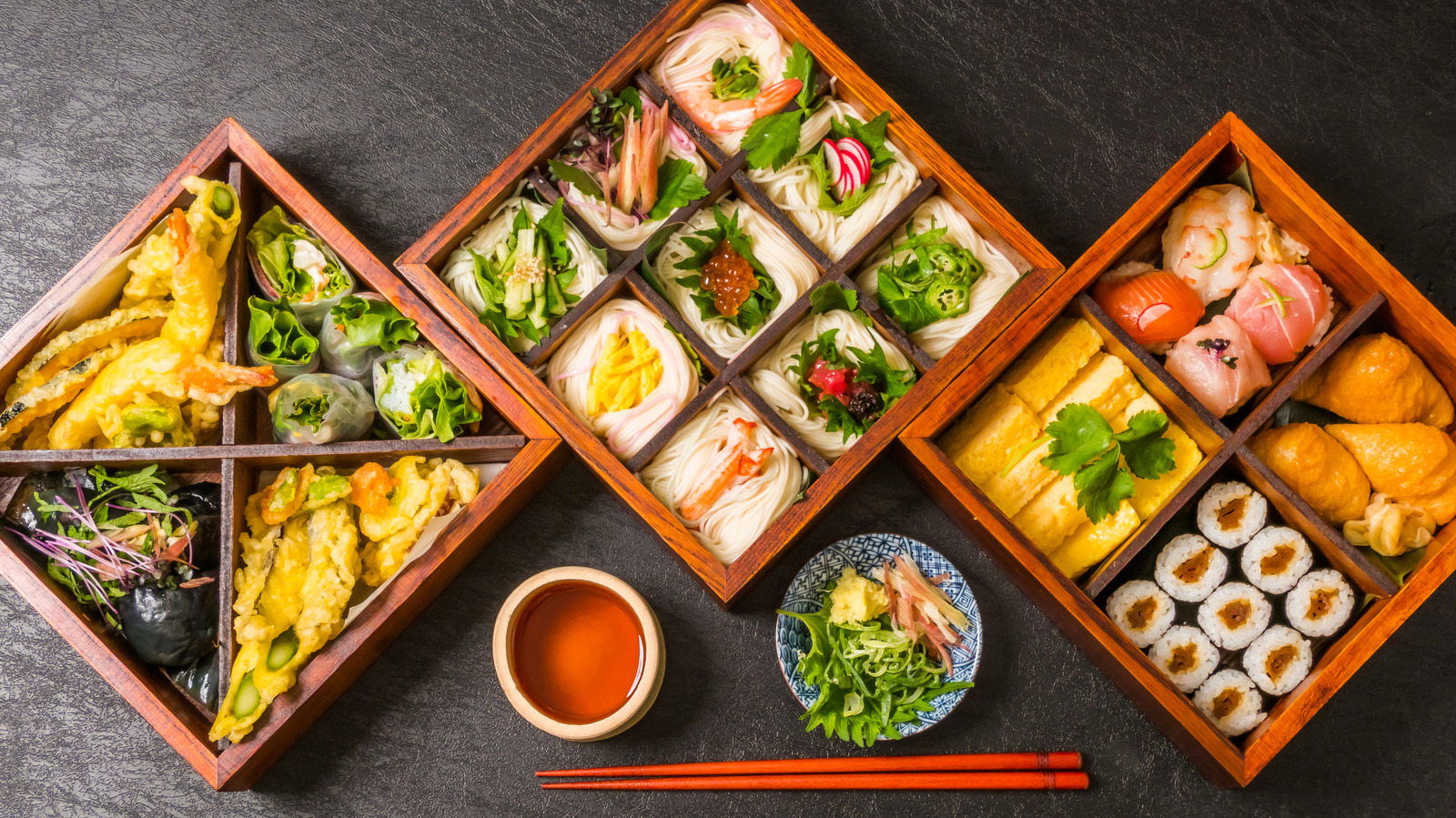Introduction
Local cuisine is so much more than just food; it’s a vibrant expression of a community’s history, culture, and traditions. Each dish tells a unique story, reflecting the ingredients available, the cooking techniques used, and the cultural influences that have shaped the community over time. In this blog, we’ll take a delightful journey through the world of local cuisine, exploring its origins, significance, and some mouthwatering examples from various regions around the globe.
The History of Local Cuisine
Ancient Roots
Local cuisines have deep roots in ancient agricultural practices. Communities relied heavily on the ingredients available in their environment, and as societies evolved, so did their culinary practices. Influences from trade, migration, and cultural exchanges played a significant role in shaping these cuisines. For instance, the spice trade introduced new flavors and ingredients to various regions, transforming local dishes into something truly special. Think of it as a culinary evolution driven by the world around us!
Cultural Influences
Throughout history, local cuisine has been shaped by a variety of cultural influences, including religion, geography, and climate. Take Mediterranean cuisine, for example; it reflects the region’s agricultural bounty and diverse cultural interactions. Similarly, Indian cuisine showcases a rich tapestry of spices that highlight the historical trade routes, creating a unique blend of flavors that tells a story of its own.
The Significance of Local Cuisine
Cultural Identity
Local cuisine plays a vital role in defining cultural identity. It serves as a source of pride for communities, preserving traditions and customs that have been passed down through generations. Festivals and celebrations often revolve around traditional dishes, reinforcing the bond between food and culture. Imagine gathering with family and friends around a festive table, sharing stories and laughter over beloved recipes—this is where cultural identity truly shines.
Economic Impact
Local cuisine also has a significant economic impact, especially in tourism. Travelers often seek out authentic culinary experiences, and local restaurants and markets thrive by showcasing regional dishes. This not only supports local economies but also promotes cultural exchange, allowing visitors to connect with the community through its food. It’s a win-win for everyone involved!
Examples of Local Cuisine
1. Italian Cuisine
- Overview: Known for its regional diversity, Italian cuisine features ingredients like olive oil, tomatoes, and fresh herbs.
- Signature Dishes: Pizza, pasta, risotto, and gelato.
- Cultural Significance: Each region has its own specialties, reflecting local ingredients and traditions.

2. Indian Cuisine
- Overview: A rich tapestry of flavors and spices, Indian cuisine varies widely across regions.
- Signature Dishes: Biryani, curry, dosa, and samosas.
- Cultural Significance: Influenced by religion and regional agriculture, Indian cuisine often features vegetarian options and diverse spice blends.
/cdn.vox-cdn.com/uploads/chorus_asset/file/20059022/shutterstock_1435374326.jpg)
3. Mexican Cuisine
- Overview: Known for its bold flavors and vibrant ingredients, Mexican cuisine combines indigenous and Spanish influences.
- Signature Dishes: Tacos, enchiladas, mole, and tamales.
- Cultural Significance: Celebrated for its use of corn, beans, and chili peppers, Mexican cuisine is recognized by UNESCO as an Intangible Cultural Heritage.
:max_bytes(150000):strip_icc()/102108380-Authentic-Mexican-Cuisine-Photo-by-Meredith-ebaca57279a548d6b6ef266493497fc3.jpg)
4. Japanese Cuisine
- Overview: Emphasizing seasonal ingredients and presentation, Japanese cuisine is known for its simplicity and elegance.
- Signature Dishes: Sushi, ramen, tempura, and sashimi.
- Cultural Significance: Japanese cuisine reflects a deep respect for nature and the changing seasons, often incorporating local seafood and vegetables.

The Evolution of Local Cuisine
Modern Influences
In today’s globalized world, local cuisine is continually evolving. Fusion cuisine, which blends elements from different culinary traditions, has gained popularity, leading to innovative dishes that reflect contemporary tastes. However, there’s also a growing movement to preserve traditional recipes and cooking methods in response to globalization, ensuring that the essence of local cuisine remains intact.
Sustainability and Local Sourcing
The farm-to-table movement emphasizes the importance of using locally sourced ingredients, promoting sustainability and supporting local farmers. This trend has revitalized interest in traditional cooking practices and seasonal eating, reinforcing the connection between food, community, and the environment. It’s a beautiful way to honor the land while enjoying delicious meals.
Discover the vibrant cultural festivals that bring our community together. From colorful parades to traditional performances, our guide highlights the events that showcase the richness of our local culture.



